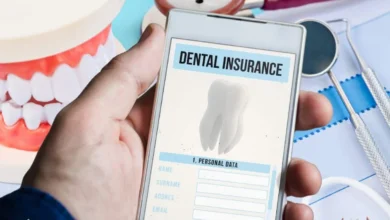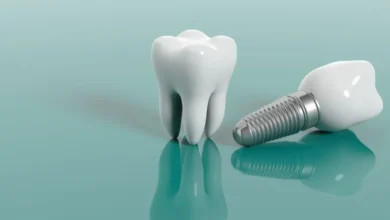Beyond the Basics: Advanced Training Strategies to Minimize Medical Errors

Healthcare is a field where a constant pursuit of perfection is not just admirable but imperative; where a marginal error can sometimes have life-altering consequences. For healthcare professionals navigating an environment rich in complexities, continuous learning, and advanced training are the compass and the map, guiding them toward minimizing risks and optimizing patient care.
In this article, we will explore some advanced training strategies that can help healthcare professionals stay on top of their game and prevent medical errors.
Contents
Understanding Medical Errors
Before we dive into the training strategies, it’s vital to comprehend the gravity of medical errors. They are not mere hiccups in an otherwise robust system; they are often preventable and can result in severe patient harm or even death. Medical errors encompass a range of mistakes, including prescribing the wrong medication, misreading charts, or procedural complications. Root cause analyses often reveal issues with communication, knowledge gaps, or systemic flaws as the culprit.
Advanced Training Strategies
Here we outline strategies that transcend conventional learning, catering to the complexities of medical practices and the human factors at play.
1. Continuous Professional Development (CPD) Programs
CPD goes beyond traditional CME credit hours to create a culture of lifelong learning. It engages professionals in reflective and impactful learning, often tailored to their specific area of practice. These programs encourage a deeper understanding of medical issues and the skills necessary to address them, fostering a proactive approach to error prevention.
2. Simulation-Based Training
Simulations provide a safe environment to practice high-stakes and rare scenarios, such as emergency responses or complex surgeries. Participants can make mistakes without catastrophic consequences, enabling them to learn from errors in a controlled setting.
For instance, training on how to use the Alaris infusion pump (a complex medical device) can help prevent medication errors by healthcare professionals. This type of training sharpens technical skills and cultivates critical decision-making under pressure.
3. Peer Learning and Mentoring
Pairing experienced practitioners with those at the entry-level creates a dynamic of shared knowledge. Peer learning facilitates the transmission of tacit knowledge not found in textbooks, while mentoring encourages a personalized approach to professional growth. This strategy helps instill best practices while fostering an environment where staff feel supported and continue to learn.
4. Integrating Technology in Training
The use of cutting-edge technology such as Artificial Intelligence (AI), Augmented Reality (AR), and Virtual Reality (VR) is revolutionizing training. AR and VR, for instance, can replicate complex 3D anatomical structures or medical procedures, allowing for immersive learning experiences. AI-driven platforms can personalize learning pathways, targeting individual weaknesses and knowledge gaps.
5. Data-Driven Training
Harnessing the power of healthcare analytics, organizations can identify trends and patterns in medical errors. These insights can be used to tailor training to areas of need, whether it’s improving documentation practices, refining diagnostic skills, or enhancing teamwork dynamics. Data-driven training ensures that resources are directed to the most critical areas, offering a targeted approach to improvement.
Implementing Advanced Training in Healthcare Settings
While the merits of advanced training are clear, integrating these strategies in day-to-day healthcare operations is not without its challenges. Resources such as time and funding are often in short supply, and staff may be resistant to change. Overcoming these obstacles is crucial, and there are best practices that can be adopted to ensure the success and sustainability of advanced training programs.
One such practice is ensuring that training is not siloed but instead integrated into the workflow, with protected time for learning. This is complemented by continuous evaluation and adaptation of the training to make it more effective in reducing errors. Engaging staff in the design and implementation of the programs can also minimize resistance, as they have a stake in the process.
The Future of Advanced Training in Healthcare
The healthcare industry is on the brink of a training revolution, characterized by the integration of new technologies, a deeper understanding of the importance of human factors, and a shift toward personalized, just-in-time learning. The adverse events that will surface in the future will be met with a more resilient, more skilled force of healthcare professionals equipped with the latest in advanced training strategies.
Conclusion
This post serves as a call to action for healthcare professionals and institutions to invest in advanced training strategies. The need to continually evolve, learn, and adapt our practices to minimize medical errors is crucial in providing high-quality healthcare. By creating and implementing sustainable, cutting-edge training programs, we not only minimize risk but also contribute to the holistic improvement of the healthcare industry.



